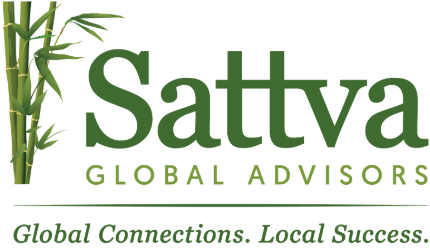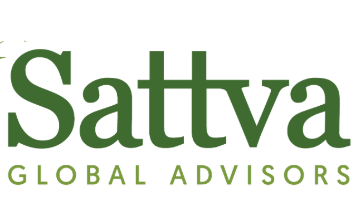An eye-opening transaction in mining M&A happened recently. Agnico Eagle, now the most valuable Canadian gold producer, bought O3 Mining, for a song. O3’s flagship project, had a pre-feasibility study. It has an NPV of US $463 using a gold price of $1700 and a discount rate of 5%. Capex was a modest $435 million.
On paper everything looked very good. AISC came in at $882; production of 161,000 ounces per year over ten years. O3 even had working capital of $45 million and cash of almost $26 million a few months before the takeover. So why, then, did management surrender and sell the company for barely more than CAD $200 million?
Is this a story of capitulation at the bottom of the market? What bottom? you ask. Gold is on an unyielding climb to $3,000.
In hindsight, the discount rate used by management in arriving at the project’s NPV and IRR was too low. Even then, IRR came out to be only 23%.
What if a 15% discount rate was used? What would it have revealed? Would the project still be promotable?
In more than 20 years in this industry, I have never seen management release results of a feasibility study using such discount rate. The most common rate is either 5% or 8%, pre-tax or post-tax.
Right now there’s not a single promoter honest – or courageous – enough to put out a press release announcing a project’s economics using a discount rate of 15%.
If they were, they’d soon be out of a job.
By contrast, I’ve seen plenty of lenders (including private equity firms) charging borrowers a 15% interest rate or higher for the use of their money. For example, NextSource Materials, an emerging graphite producer in Madagascar, will pay 15% interest to borrow from its biggest shareholder.
Western Resource, an emerging potash producer, pays an effective interest rate if 21% on the $85 million loan from Appian Capital.
The lenders, for the most part, are experienced and savvy investors. They are adept at judging risks. Shouldn’t you be just as sharp as they are and determine a project’s real worth in a more conservative scenario?
In recent years, we’ve seen all kinds of destruction of shareholder value when companies fail to execute. Think Harte Gold, Nevada Copper, Horizonte Minerals.
Cost overruns: IAMGold’s Cote; B2Gold’s Goose Project.
Or when a company enters a high-risk jurisdiction notorious for corruption and political instability and later on finds the ground shifting beneath them when there’s a change in government. Think Global Atomic and GoviEx Uranium in Niger, Bluestone Resources in Guatemala, or Sarama Resources in Burkina
Faso.
So what’s a savvy investor to do? Do your own math. Don’t give management a free pass for papering over a project’s weak economics. What if every shareholder demands that companies also disclose a project’s metrics using a discount rate of 15%?
(Hai Van Le is the author of Into the Unknown, a work of fiction about a geologist held hostage by Islamic fundamentalists in Mali. For reviews, visits https://haivanle.com.)









